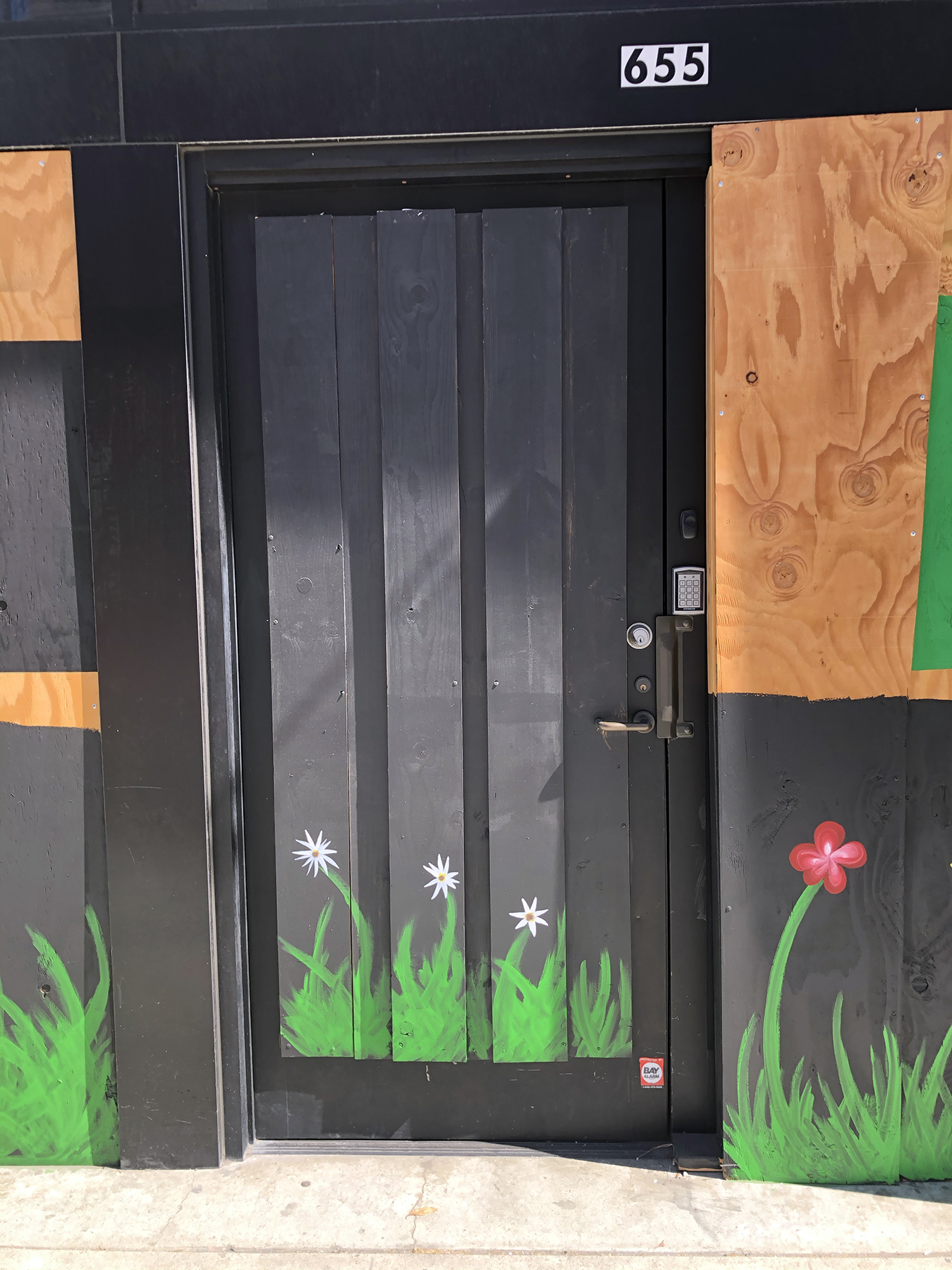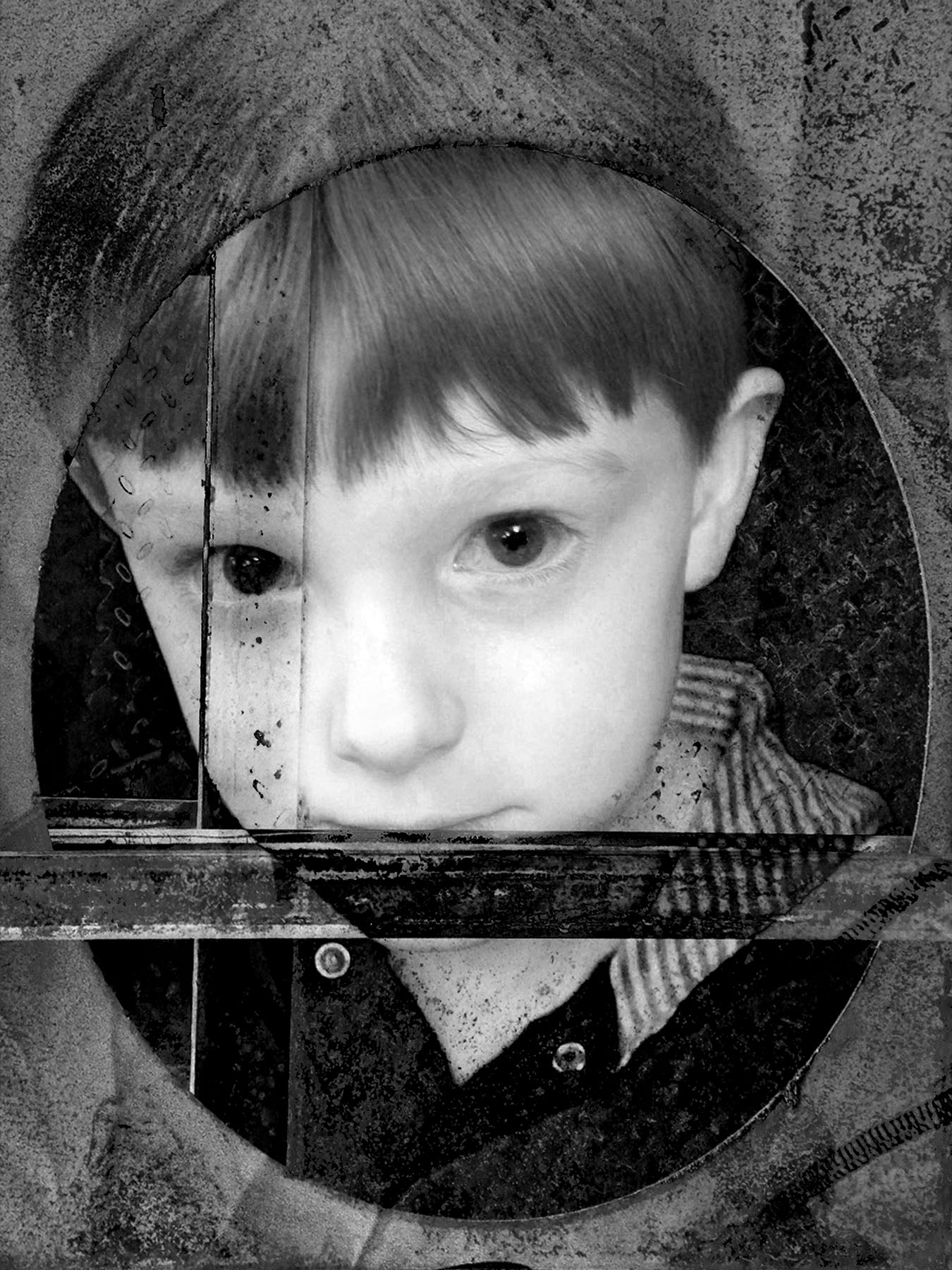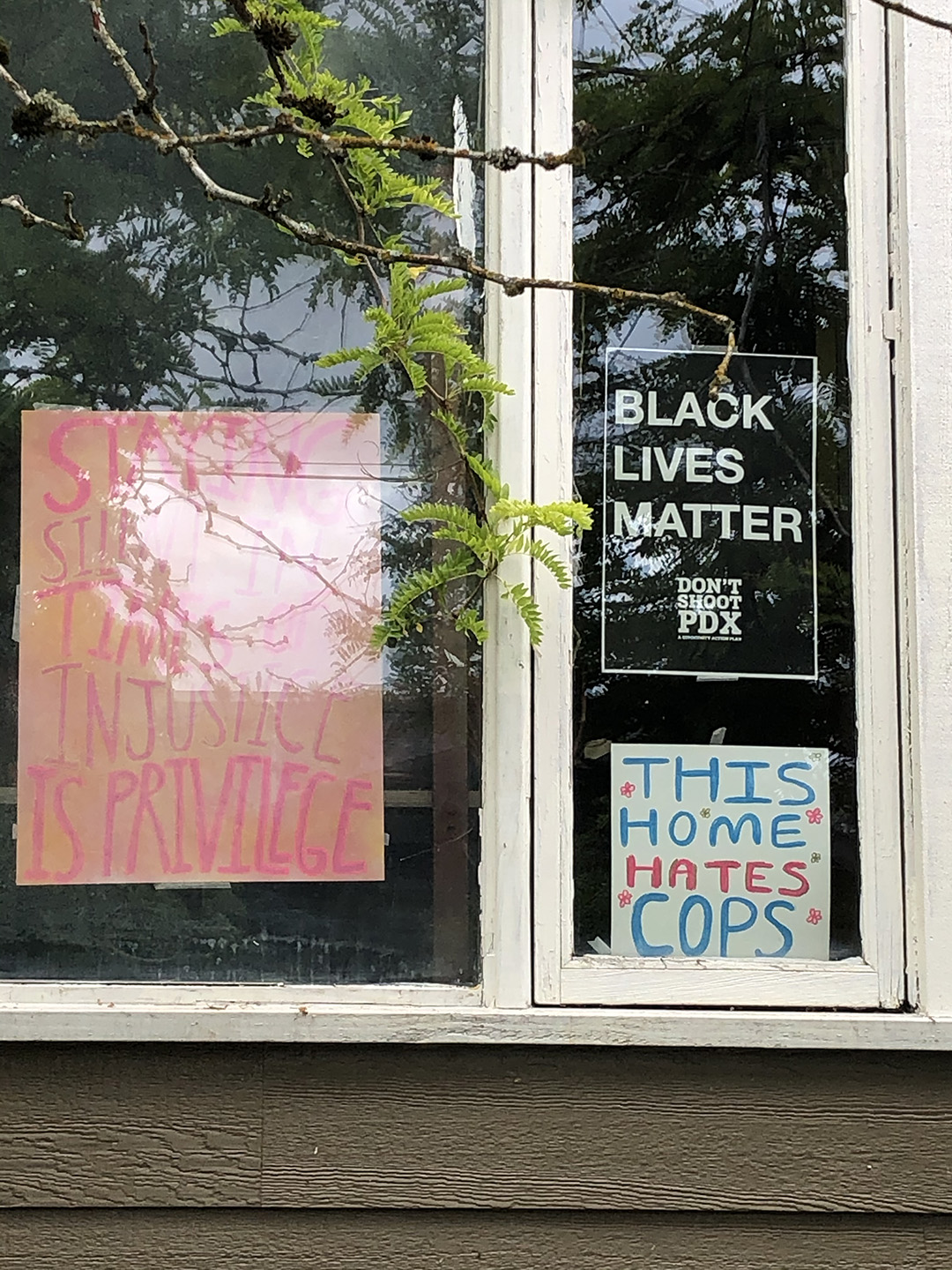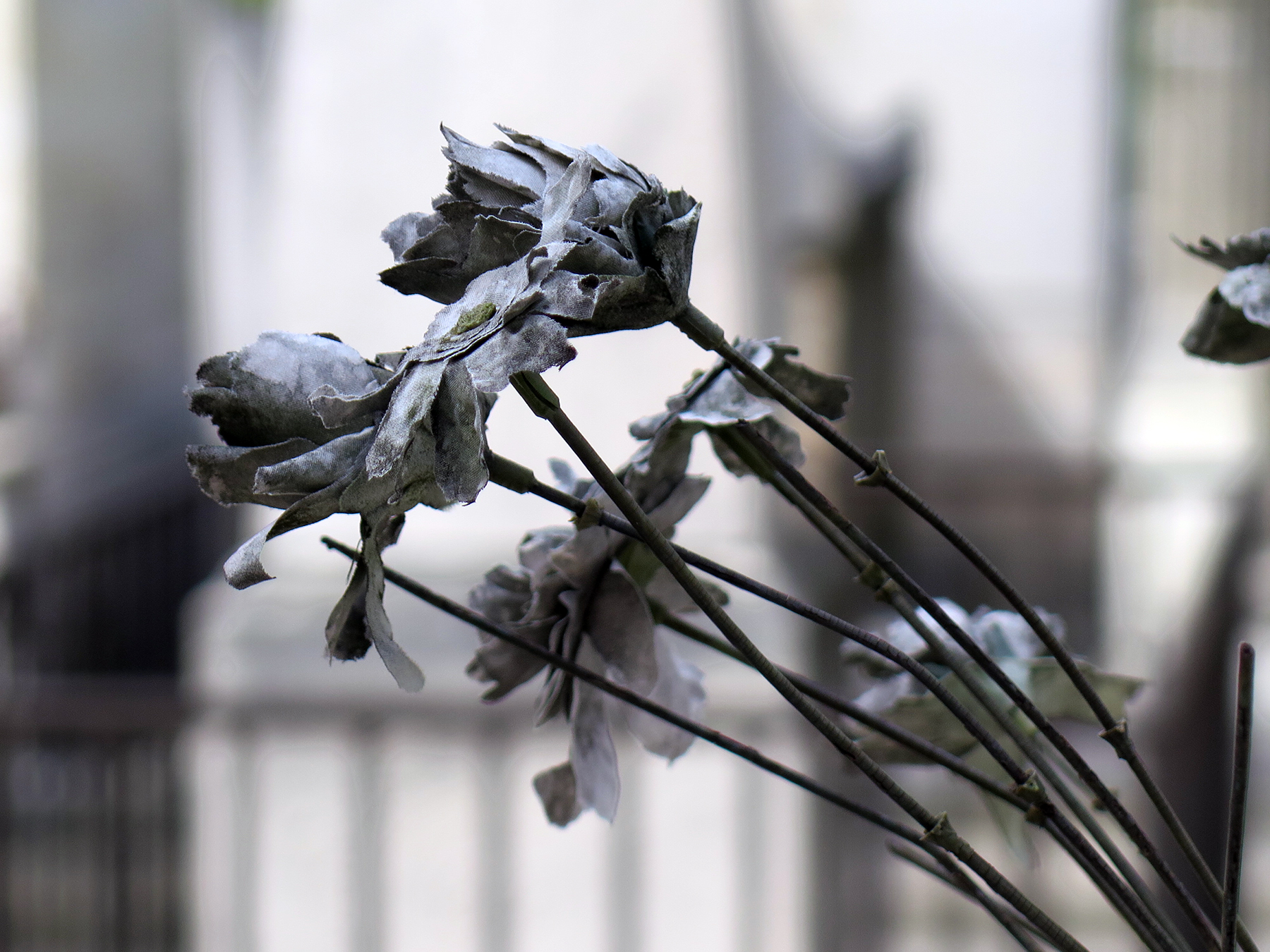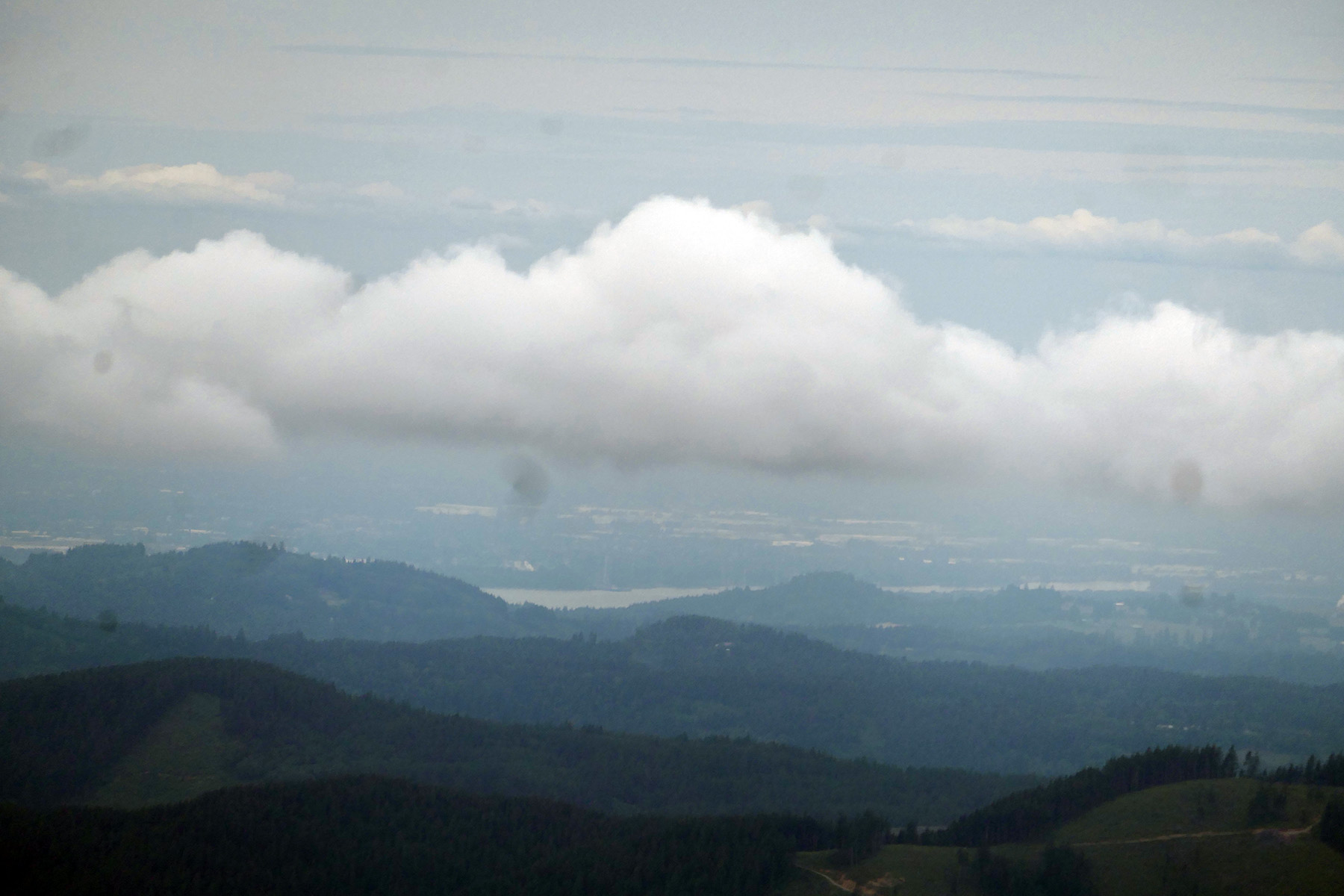Two nights ago, purportedly enraged about what Columbus Day represents, some protesters in Portland, OR, toppled two statues in a city park and vandalized the Oregon Historical Society to the tune of $25.000 or more. Sheer lunacy. OHS has been involved in uncovering and teaching about the history of our state from a progressive perspective, most recently examining in depth the racist roots of so much what has happened in Oregon, including quarterly publications that were frank and unflinching in confronting an ugly past. This year they unveiled a cornerstone exhibit in cooperation with the nine federally recognized OR tribes, called Experience Oregon.

I will not enter the debate of when and whether violence and vandalism ever have a role to play in a struggle where power is unevenly distributed. But I will say, that actions like these – broken windows, fire torches thrown into the building, a mid-centennial quilt by African-American women stolen and left in the wet streets further down the block – undermine a larger struggle that has been heating up in the last few years: the fight for the integrity of history education, historical research, national identity, and collective memory.

If you blindly rage against any kind of “official” site or organization that engages in historical education you provide grist for the mills of those who are really actively trying to constrain and direct the kind of history we all are supposed to accept, and our children are supposed to learn.
There is an ideological divide between those who want to uncover historical truth, however shaming, ugly and unnerving it may be, on the one hand, and those who want to maintain an ideological view of our nation that distorts, white-washes or erases historical truth to be more in line with their preferred mode of operations, some of which include a active program to undermine democracy.

Making it harder for the former, in whatever fashion, vandalism included, plays into the hand of the latter. This is, of course, not just a theoretical consideration. Look at the very real 1776 Commission appointed by Trump with the mission to create a history curriculum for American schools, intended to be “pro-american,” and feared to deliver state-sponsored propaganda averse to true scientific historical research, just like all the other anti-science initiatives of this administration.
Add to this his promise to defund schools that use the 1619 Project (an in-depth exploration by numerous writers and historians of our slavery- defined past presented by the NYT) as well as other curricular platforms that bring attention to historical facts and truths that counter the “official” curriculum, and you put the nation’s collective historical memory under siege, with public education bearing the brunt.

Let me cite some important words from an insightful article, History Under Siege: Trumpism, Counter-Memory And Schooling by Eric Weiner, which is worth reading both for the facts and his passion about them.
Here are Trump’s words:
“Critical race theory, the 1619 Project, and the crusade against American history is toxic propaganda that if not removed, will dissolve the civic bonds that tie us together. It will destroy our country.”
And here is Weiner’s assessment:
“The Trumpist crusade against American history education needs to be understood against the backdrop of the administration’s recent actions against refugees, Black Lives Matter protestors, Muslims, and working people of all races and ethnicities. All of these actions suggest an administration hell-bent on breaking the civic bonds between whites and blacks; new immigrants and old; Christians, Jews and Muslims; LGBTQ peoples and heterosexuals; and the poor, working and middle-classes. Trumpism is an ideology of disunity, ignorance, and division; it thrives on conflict, dis-information, mis-education, and social chaos.”

We don’t have to add fuel to that chaos by rowdy actions that are politically unwise, providing grist for the mills of those trying to silence the truth.
Music today by Native American Artists in honor of Indigenous People Day!
The piece above is on target…

And here are others that I like.









